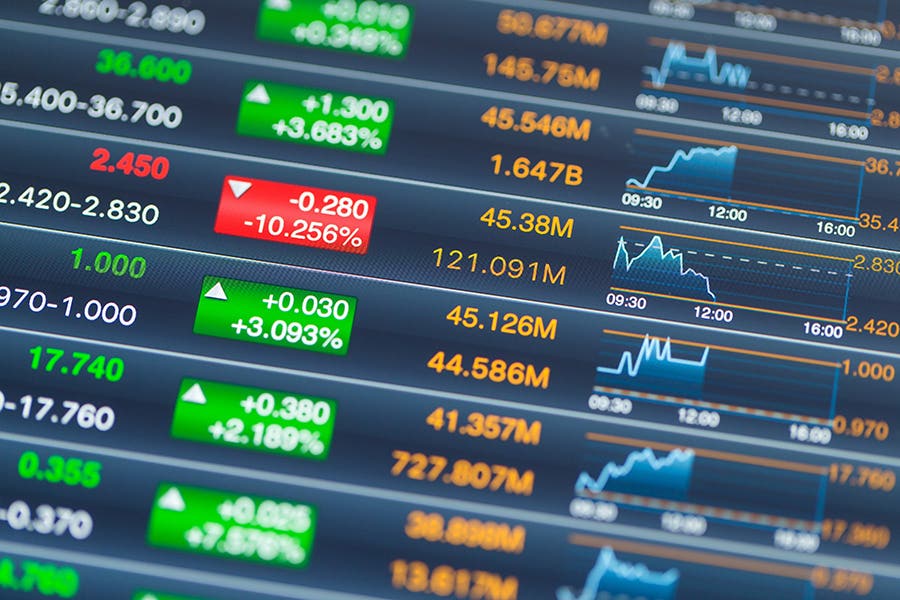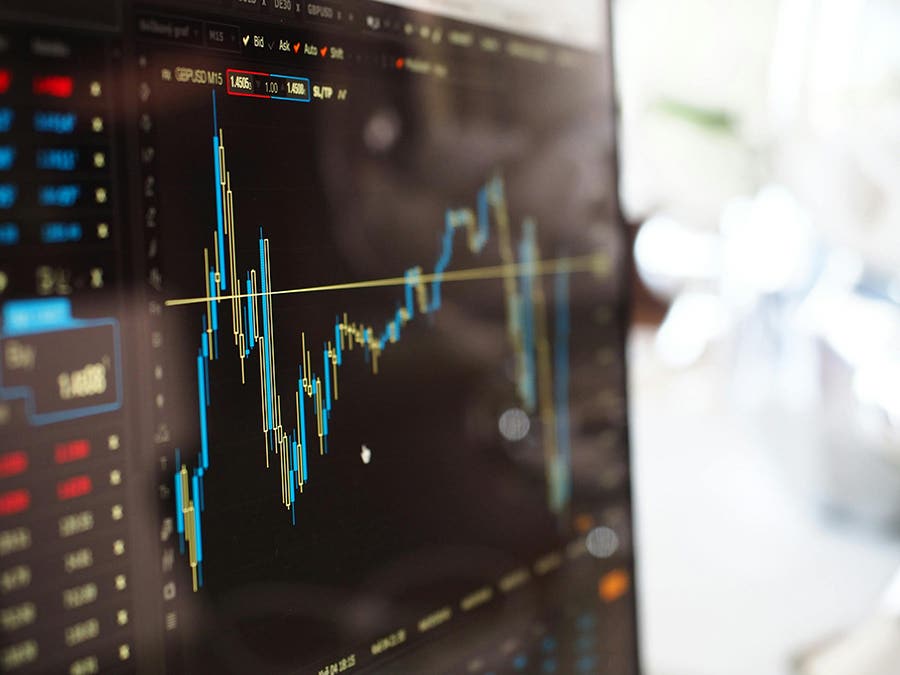Gold, Silver Prices Temporarily Suppressed
Physical gold has been used as a medium of exchange for about 6,000 years, while silver has been used for the same purpose going back around 4,000 years. Both have…
Physical gold has been used as a medium of exchange for about 6,000 years, while silver has been used for the same purpose going back around 4,000 years. Both have served as a medium of exchange over the millennia without ever failing.
In contrast, unbacked paper currencies used as a medium of exchange over history have a median lifespan of 40 years and a mean lifespan of about 25 years before they failed and became worthless. Almost always, these paper currencies failed because the issuing government inflated the money supply above and beyond any increase in the production of goods and services.
With these track records, it is easy to understand why there always is demand to own physical gold and silver by a small percentage of the populace. It also explains why a significantly larger proportion of people want to own bullion-priced physical gold and silver when the values of paper currencies are on the brink of collapse or have already tumbled over a precipice.
The events that signal a heightened risk of a paper (or debased coinage) medium quickly losing value have been the same for more than 2,000 years. One is a huge increase in government expenditures without an equivalent growth in the size of the economy. Another is massive government borrowing. Third is a major increase in the money supply not matched by the production of more goods and services. Other warning signs are soaring tax burdens, an increase in consumer prices larger than normal, and government officials saying anything they can think of to reassure the public that these warning signs are “transitory” instead of long-lasting or permanent.
As you read that last paragraph, you probably realize that many of those signals are now flashing bad news for the future value of the U.S. dollar. According to the Federal Reserve Bank of St. Louis, the M2 definition of the U.S. money supply is now up more than 35 percent since mid-September 2019 while the total assets of the Federal Reserve Bank have more than doubled over that time period. The U.S. Bureau of Labor Statistics over the past two months reported the highest one-year percentage increases in the Consumer Price Index, Producer Prices Index, and the Import and Export Price Indexes in at least the past 11 years. The U.S. Bureau of Economic Analysis also show the Personal Consumption Expenditures Report rising at its fastest one-year percentage than it has for many years.
At the same time, the unemployment rate in America is still well above what it was for almost a decade up until the onset of the global pandemic early in 2020. Millions of Americans are facing massive liabilities because of the recent moratoriums on making rent or mortgage payments.
Despite what politicians and bureaucrats are publicly pretending, the decline in the future value of the U.S. dollar as a medium of exchange is poised to accelerate, if it has not already done so.
After considering the current circumstances, it would be normal for public demand for physical gold and silver as a safe haven asset to rise, which would have the effect of boosting prices of the metals.
Yet, over the past two weeks, gold and silver have touched multi-month lows against the U.S. dollar. At the same time, the U.S. Dollar Index is near to its highest level of the past year. How could this be possible?
This can happen because the U.S. economy is the largest on the planet. For most of the nation’s history, private citizens could hold their U.S. dollars in the form of gold or silver coins. The U.S. government even permitted foreign central banks to repatriate dollars to the U.S. Treasury to receive physical gold at a fixed rate until August 1971. Because of this longtime convertibility into gold and silver, the dollar maintained an aura as a strong currency for decades after it was no longer possible to convert them upon demand into precious metals at a pegged price.
The last data I saw was that foreign governments, central banks and individuals own about $12 trillion of U.S. currency and U.S. Treasury debt. This represents an interest-free or a low-interest cost of borrowing money, which has allowed the U.S. government to continue its lavish spending longer than it otherwise could get away with.
The U.S. government, more than any other entity on the planet, has the strongest incentive to hold down gold and silver prices. The reason for that is that the prices of precious metals are effectively a report card on the U.S. government, U.S. economy and U.S. dollar. If gold and silver prices were rising significantly, that would send negative signals to Americans and foreigners that they may want to get out of their dollars.
If, for instance, the foreign holders of U.S. currency and Treasury debt were to suddenly repatriate it all to the U.S. government to receive goods and services or ownership in U.S. real estate and businesses, the value of the U.S. dollar would collapse.
You don’t have to worry about such an event happening tomorrow or next week. After all, the U.S. government has hundreds of billions of dollars in its Exchange Stabilization Fund, the assets of which are held to manipulate financial markets including, explicitly, the price of gold. It also has the support of the 24 primary trading partners of the Federal Reserve Bank of New York, where these banks earn massive fees by doing the bidding of the government in manipulating financial markets. Beyond that, international agencies such as the Bank for International Settlements and the International Monetary Fund also coordinate their actions with the U.S. government. Last, there are several other central banks in nations that are also destroying their currencies through inflation of the money supply and massive government spending increases that will support the U.S. government’s efforts.
Right now, here is the economic milieu we are facing. On Monday this week (July 19), global stock prices tumbled. Since a sizeable percentage of stock investments are leveraged (purchased using borrowed money secured by the value of the shares), there were an unusually large number of margin calls sent to investors that day to provide immediate cash in order to avoid closing out their stock investments. As we have seen over the past few years, when stock markets are clobbered, many investors are forced to liquidate other assets to raise fast cash. Physical gold and silver, which are among the most liquid of all assets, were almost certainly liquidated on Monday this week to help meet those margin calls. With so much concentrated selling, precious metals prices fell. This decline in prices was almost certainly goosed by an increase in the number of paper contract short sales on the New York COMEX and the London gold and silver futures markets.
Another impact of shakiness in the stock markets is that some investors sold stocks to switch to “cash-like” assets such as U.S. Treasury debt in an attempt to protect their cash. This switch had the effect of pushing up the value of the U.S. dollar at the same time that it suppressed the interest rate yield on U.S. Treasury debt.
In the current markets, with rampant inflation of the money supply, the value of the U.S. dollar should be plummeting, interest rates on U.S.-dollar denominated debt should be rising and the value of gold and silver prices should be shooting upward.
While it might seem that the financial markets may be moving the opposite of what they “should” be doing right now, understand that this can happen at any time for no apparent reason. These conditions can last much longer than would seem to make common sense. But, they will ultimately turn around. When and by how much are the questions to which no one really knows the answers.
Patrick A. Heller was honored as a 2019 FUN Numismatic Ambassador. He is also the recipient of the American Numismatic Association 2018 Glenn Smedley Memorial Service Award, 2017 Exemplary Service Award, 2012 Harry Forman National Dealer of the Year Award and 2008 Presidential Award. Over the years, he has also been honored by the Numismatic Literary Guild (including twice in 2020), Professional Numismatists Guild, Industry Council for Tangible Assets and the Michigan State Numismatic Society. He is the communications officer of Liberty Coin Service in Lansing, Mich., and writes Liberty’s Outlook, a monthly newsletter on rare coins and precious metals subjects. Past newsletter issues can be viewed at www.libertycoinservice.com. Some of his radio commentaries titled “Things You ‘Know’ That Just Aren’t So, And Important News You Need To Know” can be heard at 8:45 a.m. Wednesday and Friday mornings on 1320-AM WILS in Lansing (which streams live and becomes part of the audio archives posted at www.1320wils.com).








